Significance of Oceania landmarks: What are Oceania’s landmarks and their significance? Oceania is a region composed of numerous islands and countries, each with its own unique landmarks that hold cultural, historical, natural, and symbolic significance. Here are some key aspects of the significance of Oceania’s landmarks:
Oceania Landmarks
- Cultural Heritage: Oceania landmarks often represent the cultural heritage of indigenous communities and island nations. They showcase traditional art, architecture, rituals, and customs, offering insights into the rich and diverse cultural tapestry of the region.
- Historical Significance: Many Oceania landmarks have deep historical roots, reflecting the region’s history of colonization, migration, and ancient civilizations. They serve as reminders of past events, empires, and cultural exchanges, preserving and sharing the historical narratives of Oceania.
- Natural Wonders: Oceania is renowned for its stunning natural landmarks, including the Great Barrier Reef, Uluru, Milford Sound, and Bora Bora. These landmarks showcase the region’s unique and diverse ecosystems, marine biodiversity, and breathtaking landscapes and contribute to the conservation of natural heritage.
- Indigenous Cultural Sites: Oceania is home to significant indigenous cultural sites, such as the Polynesian temples of Nan Madol, the rock art of Kakadu National Park, and the marae complexes in New Zealand. These sites hold spiritual, historical, and cultural importance, providing a connection to ancestral traditions and stories.
- Symbolism and National Identity: Oceania landmarks often serve as symbols of national identity and pride. They represent the cultural, historical, and natural characteristics of island nations, embodying their values, traditions, and aspirations.
- Tourism and Economic Impact: Oceania landmarks attract tourists from around the world, contributing to the local and regional economies. Tourism related to these landmarks generates revenue, supports local businesses, and creates employment opportunities, providing economic benefits to communities.
- Environmental Conservation: Many Oceania landmarks are vital for environmental conservation efforts. Landmarks such as national parks, marine reserves, and protected areas help preserve unique ecosystems and endangered species and raise awareness about the importance of sustainability and environmental stewardship.
- Indigenous Knowledge and Wisdom: Oceania landmarks often carry indigenous knowledge and wisdom passed down through generations. They provide insights into sustainable practices, traditional land management, and spiritual connections to the natural world, offering valuable lessons for global sustainability efforts.
- Educational and Research Value: Oceania landmarks provide educational opportunities for visitors to learn about indigenous cultures, history, ecology, and environmental conservation. They contribute to scientific research, promoting understanding and appreciation of Oceania’s unique ecosystems, cultural practices, and sustainable lifestyles.
In summary, Oceania landmarks hold cultural, historical, natural, and symbolic significance. They contribute to tourism, economic development, environmental conservation, cultural exchange, and education. These landmarks showcase the rich heritage, natural wonders, and indigenous knowledge of Oceania, fostering appreciation and understanding of the region’s diverse cultures and environments.
Oceania Tourist Attractions
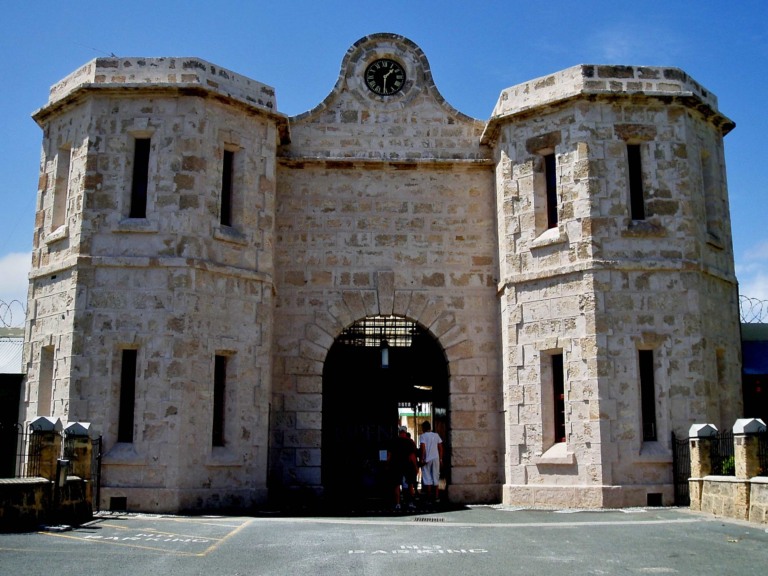
Australian Convict Sites
The Australian Convict Sites are a group of eleven prisons. They have been UNESCO World Heritage Sites since 2010. In the 18th and 19th centuries, the British Empire set up thousands of settlements in Australia. Australia is full of these places, and there are still more than 3,000 other convict sites around the country. It ...
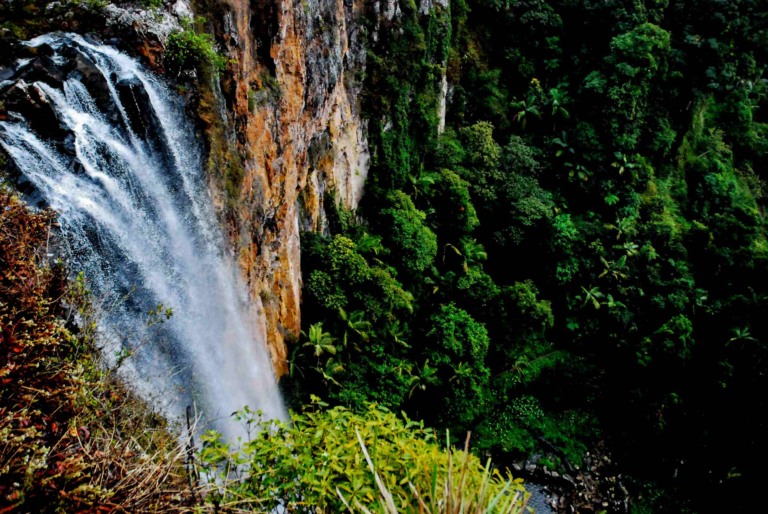
Gondwana Rainforests
The Gondwana Rainforests in Australia are the biggest subtropical rainforests in the world. Most of it is on the east coast of the country, along the Great Escarpment. Geological features that are only found near craters stand out. It says that the rainforest is important to science and conservation around the world because it is ...
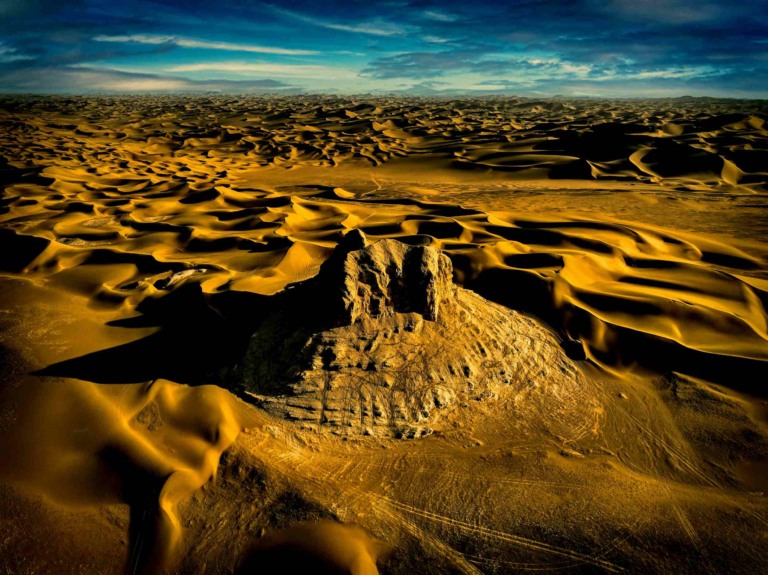
Willandra Lakes Region
The Willandra Lakes Region is well-known for the fossilized remains of a series of lakes and sand formations. About 18,500 years ago, the creek that used to feed the lakes in the Willandra Lakes Region stopped flowing. This caused the lakes to dry up. But they left behind valuable pieces of the Pleistocene era, which ...
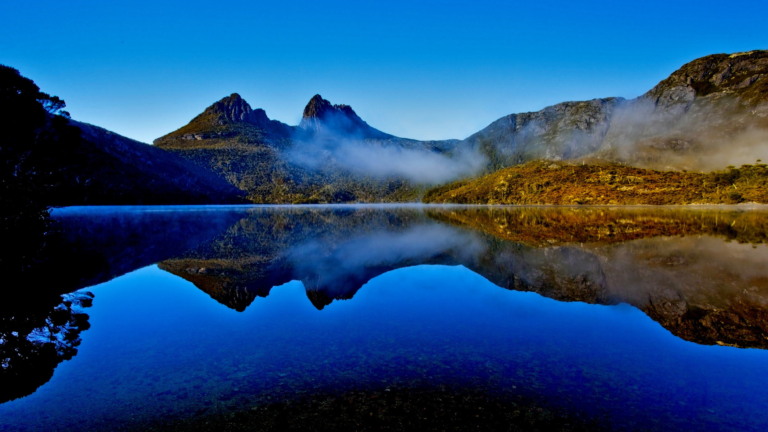
Tasmanian Wilderness
The Tasmanian Wilderness World Heritage Area is in a place where glaciers have done a lot of damage. It is an island in the Southern Ocean, right next to a continent. Tasmania is one of Australia's states and, since 1982, a UNESCO World Heritage Site. These parks and reserves cover more than 1 million hectares ...
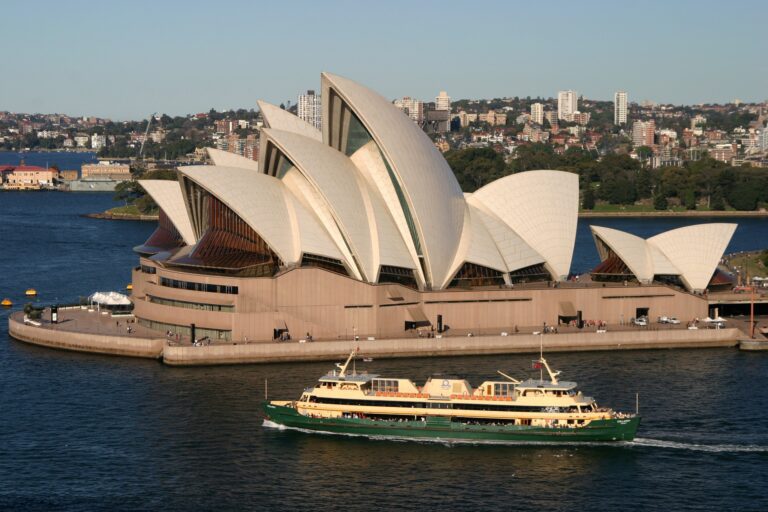
Sydney Opera House
The Sydney Opera House is an opera house in the Australian city of Port Jackson in the state of New South Wales. It is one of the most photographed buildings in the world because its roof is made of a unique set of white sail-shaped shells. The Sydney Opera House is on Bennelong Point, which ...

Great Barrier Reef
The Great Barrier Reef is a group of coral reefs, shoals, and islets in the Pacific Ocean off the northeastern coast of Australia. It is the longest and largest reef complex in the world. The Great Barrier Reef is more than 1,250 miles (2,000 km) long and runs roughly northwest to southeast. It is 10 ...